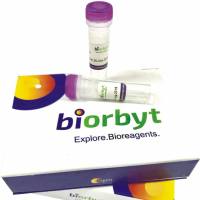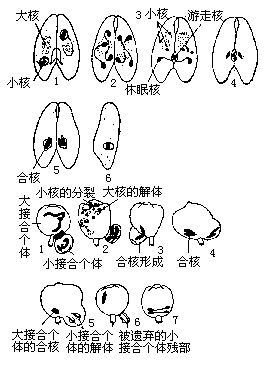Conjugation of Haptens
互联网
709
Many naturally occurring proteins, peptides, carbohydrates, nucleic acids, and lipids, as well as synthetic peptides, are successful immunogens. To elicit an immune response, a compound must contain an antigenic determinant or epitope and must be of sufficient size to initiate lymphocyte activation necessary for an antibody response. In practice, small chemical compounds (haptens) are generally not good immunogens. However, when attached to macromolecules (carriers), they can become immunogenic. An immunogen must have epitopes that can be recognized by antigen-presenting cells and a T-cell receptor, and it must be degradable.
Haptens and corresponding hapten-carrier conjugates have been essential to the development of sensitive quantitative and qualitative immunoassays. In the design of hapten conjugates, consideration must be given to the hapten, the carrier, the coupling strategy, and the hapten density because the amount of hapten attached to the carrier influences the strength of the immune response directed toward the newly created antigenic determinant. Hence the haptenic density of the conjugate is also important in the development of immunoassays. The optimal epitope density of a conjugate to elicit either a strong immune response or provide the best immunoassay is dependent on the structure of the epitope and the nature of the immunoassay.
The aim of this chapter is to describe the diverse techniques used to couple haptens to carriers and provide guidance in the selection of the most appropriate procedure for a particular hapten.






